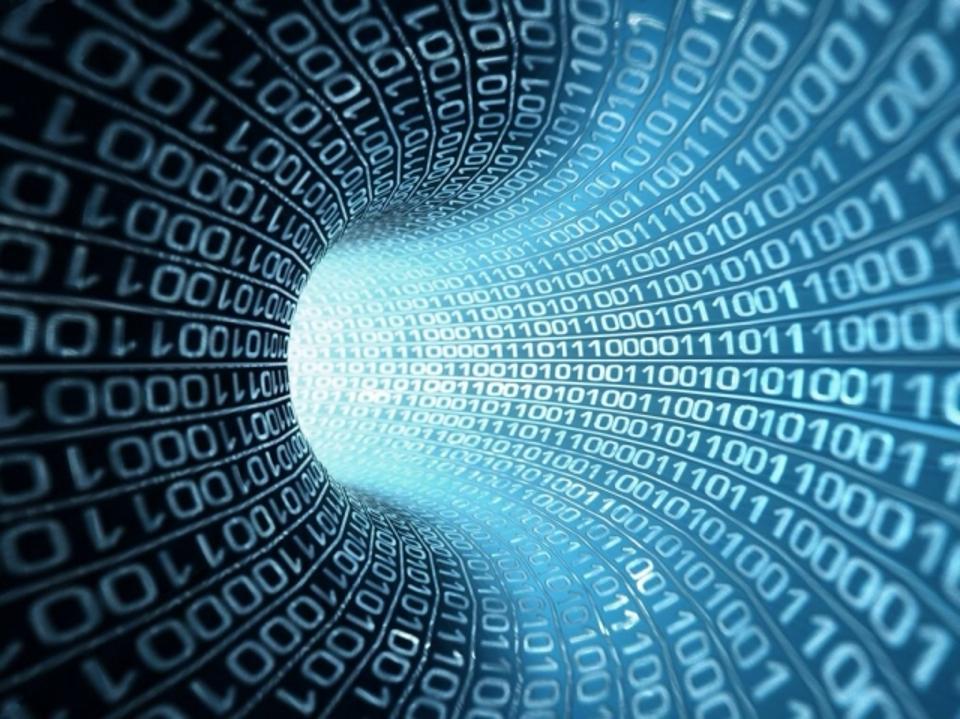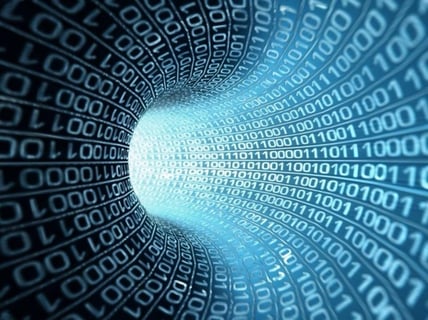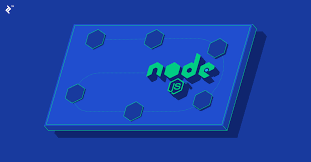What are the topmost NodeJS practices for developers?.
Node.js, a platform based on Chrome's JavaScript motor assists with growing quick, adaptable system applications. It utilizes an occasion driven,...

Deep Learning is regarded as a sub-branch of machine learning and is inspired by the function and structure of the brain called artificial neural networks. Deep learning promotes application and understanding for life. It is an attitude and approach to learning, where the learner uses cognitive higher-order skills such as the ability to synthesize, analyze, think meta-cognitively and solve problems in order to build long-term understanding.

It is a hot topic now because it is relatively newer compared to machine learning and artificial intelligence and the area is wide open to all kinds of players, not just tech giants like Facebook, Apple, and Google. Pete Warden, Data Science Toolkit creator, wrote in his post on deep learning as to what deep learning holds in the future of technology and all that research is finding its way into actual applications today.
Deep learning particularly deals with ‘unsupervised’ data rather than supervised data - which is simpler and less complicated. The difference can be noted with an example. Any device could talk to us if engineers program it that way by shoving in speeches and inputs or the vocal intonations etc. But what is more complex is to make machines process and learn the data at the same rate like they otherwise do it. Google has already started the work on it. Deep learning involves analyzing new ideas and connecting them to already known principles and concepts so that this may be used for problem-solving in unfamiliar and new contexts.
We have now reached a point where software and hardware developments are optimized and very efficient unlike before. Introducing intelligence to machines is a way to go far beyond software development. Deep learning has been implemented in a myriad of things like:
Deep learning has allowed computers to find hidden insights, using algorithms that repeatedly acquire from data that is provided to them, without being programmed explicitly where to look. Unprecedented levels of efficiency would be reached in the business systems, and on a personal level the smart gadgets would actually direct us for everything and help ease our lives. Deep learning is a science that’s not at all new but is gaining fresh momentum now.
It has the power to transform almost any industry. That means if things go exactly the way they are thought of then these superintelligent machines would start improving themselves on their own leaving humans ever further in the dust with unexpected results. But for now, the neural nets are good at only recognizing patterns- speech and image recognition, much quicker and simpler than the humans. Deep learning is a sophisticated “machine learning” algorithm that is far smarter than its predecessors in terms of recognizing images and syllables. One instance where we can see the use of “deep learning" includes its much popular AlphaGo’s defeat of Go grandmaster Lee Sedol and other new impressive products around machine translation and image recognition. Machine learning and eventually deep learning consumes large amounts of data, is more forgiving of changing data points or parameters and supports greater complexity and variability.
It has unveiled new strategies and productivities in different systems including IT, healthcare, logistics, energy and even education. With deep learning:
Machine learning, IoT, and AI are kind of linked with each other. IoT beautifully complements artificial intelligence when it comes to real-time computing. Mankind would soon get completely replaced with walking machines who would be far more intelligent than we are. The machines have already begun to ply in the businesses for various purposes and in the coming time, we would see a wave of mechanistic transformation transmute our daily lives too. These human dynamos will change our ways of looking towards life by building perception from data they receive and in methods that humans never could. This would mean the machines will actually outdo human force in almost everything resulting in process change, cost savings and bigger and bolder levels of automation. Image and voice recognition systems would recognize individuals across various channels and according to a survey, the fastest growing companies will have more smart machines than the employees.
A challenge that revolves round the corner is whether these machines can actually deal with the unstructured and structured data and upon the availability of quality algorithms. Or are they just overhyped? And if they do, the results will be unimaginable. We can just predict the level of changes that would take place, the real transformation would be noteworthy. But all of this definitely demands a considerable amount of time to take place.
You may also be interested in
If you have any questions about deep learning or want to know how it can help you with your business, please get in touch.

Node.js, a platform based on Chrome's JavaScript motor assists with growing quick, adaptable system applications. It utilizes an occasion driven,...
What could be the ultimate goal for each business person? Increase the number of sales!!! In any case, driving traffic and offering amazing...